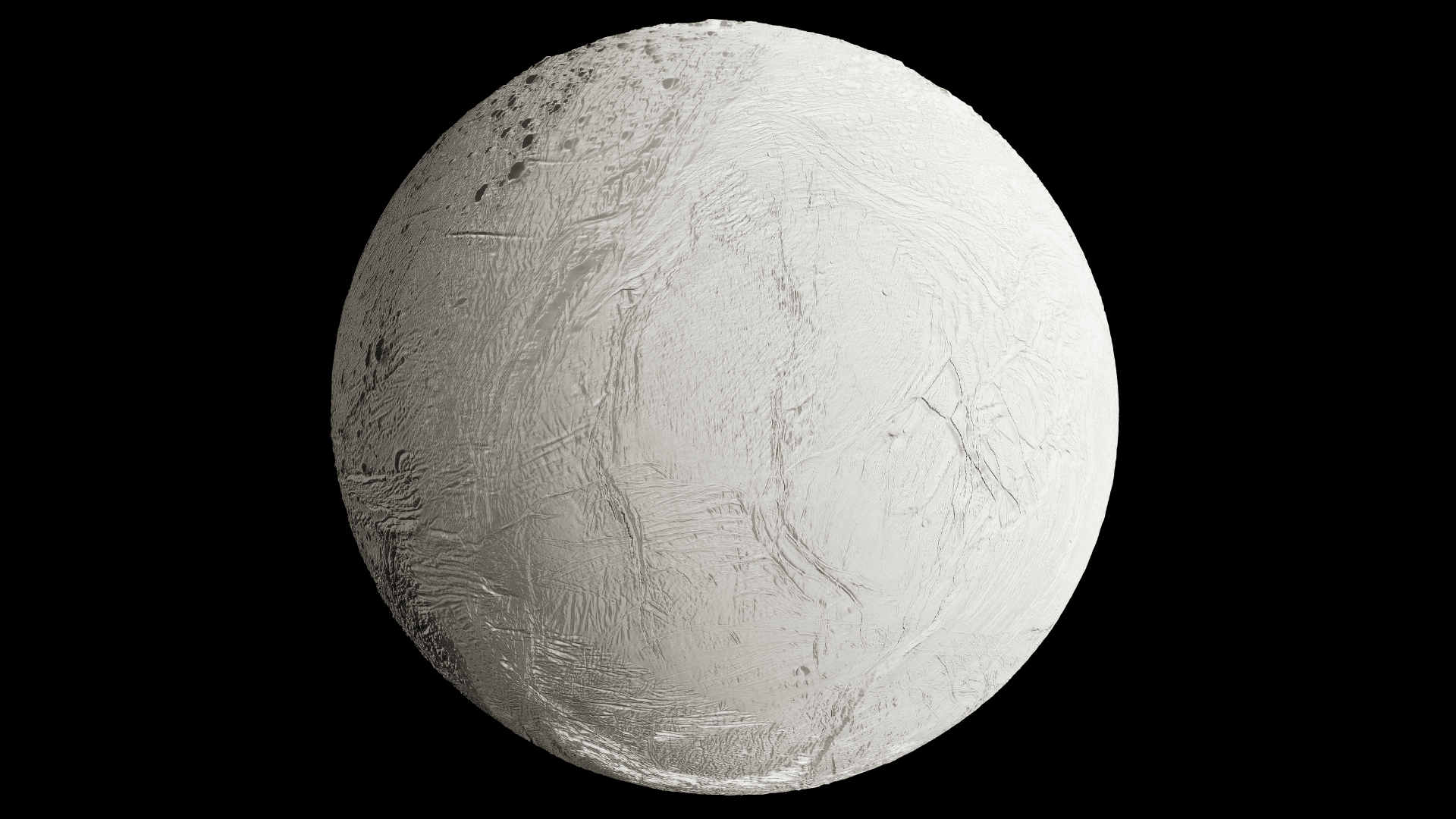Researchers consider Saturn’s icy moon Enceladus one of the solar system’s most promising candidates for harboring life. Because of the moon’s global, salty subsurface ocean, researchers have long speculated about extra-terrestrial life.
However, they question whether the ocean is a stable, long-lasting environment, which is a crucial condition for life to develop. New findings published in Science Advances show evidence that Enceladus has the necessary long-term stability.
Finding Life on Saturn’s Moon

One of the study’s most significant revelations overturns previous assumptions by demonstrating that heat is escaping the moon’s highly active south pole and its geologically quiet north pole. Previously, scientists believed that this was the case only at the moon’s south pole. Importantly, the duel-pole heat loss confirms that the icy moon is emitting far more energy than expected. Researchers explained that this strengthens the case for its habitability by indicating a balanced and sustainable energy source.
“Enceladus is a key target in the search for life outside the Earth, and understanding the long-term availability of its energy is key to determining whether it can support life,” said lead author Dr. Georgina Miles from the University of Oxford.
Researchers utilized data from NASA’s Cassini spacecraft to measure the previously undetected heat flow. Then, they compared observations of the north pole during winter and summer to model the expected surface temperatures. Researchers discovered that the north pole’s surface was approximately 7 Kelvin warmer than predicted. The only explanation for this discrepancy was the heat conducting outward from the subsurface ocean.
According to the researchers, the combined northern heat loss, along with previously estimated heat escaping from Enceladus’ south pole, brought the moon’s total heat loss to 54 gigawatts. Researchers explained that this figure closely matches the predicted heat input generated by Saturn’s gravity, which stretches and squeezes the moon, thereby generating internal heat. This process is called tidal heating.
This balance strongly suggests the ocean can remain liquid over geological timescales, resulting in a stable environment.
“Understanding how much heat Enceladus is losing on a global level is crucial to knowing whether it can support life,” said corresponding author Dr. Carly Howett. “It is really exciting that this new result supports Enceladus’ long-term sustainability, a crucial component for life to develop.”
Dr. Howett concluded by emphasizing the importance of this mission and future missions to come.
“Our study highlights the need for long-term missions to ocean worlds that may harbour life, and the fact the data might not reveal all its secrets until decades after it has been obtained.”


